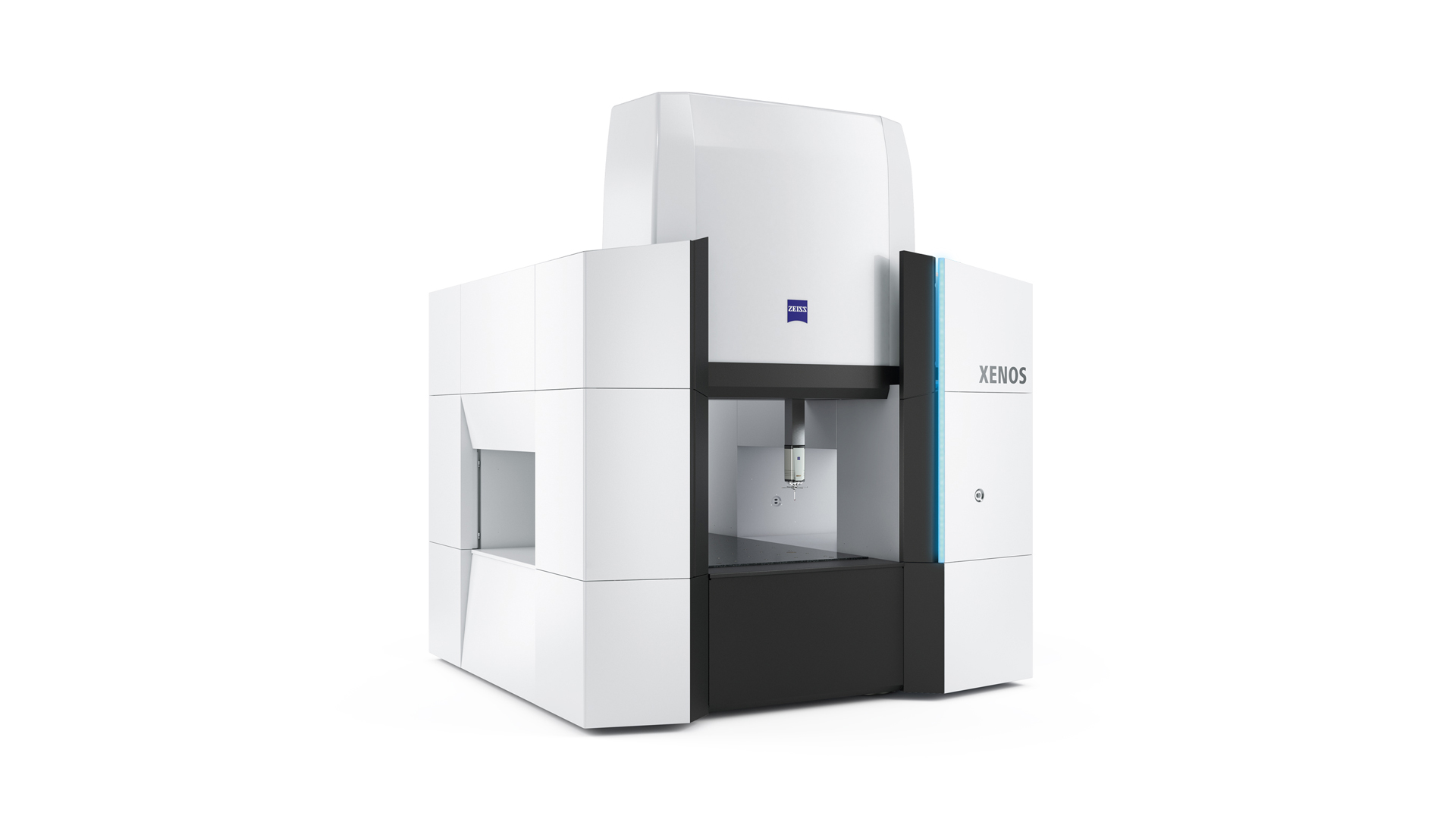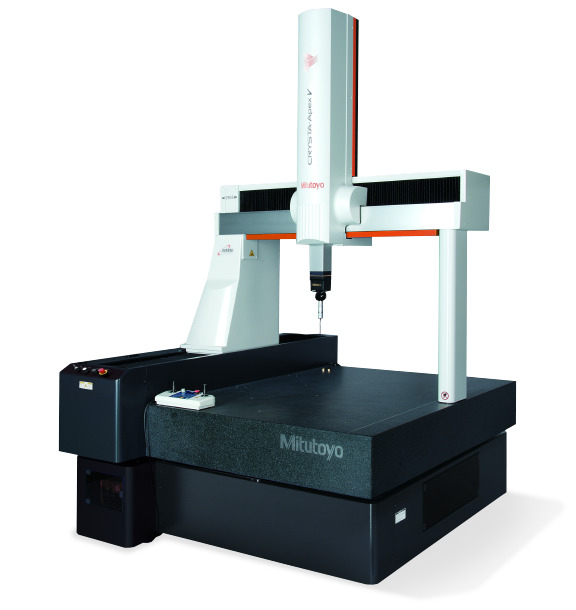

In the field of manufacturing, highly precise measuring devices such as CMMs play a crucial role. These devices are capable of capturing the three-dimensional shape of products and conducting various measurements, making them extremely important across various industries. On this page, we will delve into why CMMs are indispensable and explore their crucial aspects in detail.
CMMs are indispensable in ultra-precision machining. They play a central role in improving product quality through shape error correction, measuring complex shapes, and ensuring high-precision results.
CMMs significantly contribute to shape correction in ultra-precision machining. When ultra-high precision is required, correcting shape errors in the machining process is essential. CMMs use their high accuracy to precisely detect these shape errors and provide feedback for corrections. In ultra-precision machining, this shape correction is a crucial factor contributing to quality enhancement and maintaining high accuracy of the finished products.
The numerical resolution accuracy of CMMs is on par with those of ultra-precision machine tools. This allows for stable, high-precision measurements that are difficult to achieve with other measuring instruments. This stable measuring capability is an essential element in manufacturing high-quality products.
Another advantage of CMMs is the ease of evaluating freeform surfaces. The machining and evaluation of freeform surfaces, which were challenging with traditional CAD/CAM and machining, can be performed with high precision and efficiency using CMMs. This is particularly important for manufacturing processes involving parts with complex shapes.
CMMs enable automated measurements, significantly reducing the time and effort required for measurement. This efficiency leads to increased productivity, cost reductions, and reduced workload for employees.
Using CMMs allows for measuring complex three-dimensional shapes in addition to vertical, horizontal, and height dimensions. For products where quality control is critical, dimension inspection and measurement are indispensable processes. Implementing CMMs can lead to improvements in product accuracy and reliability.
CMMs have a broad range of applications across various fields, and their utility is widely recognized. Here, we introduce specific areas of application and use cases for CMMs.
Due to their high accuracy, CMMs have become indispensable in the ultra-precision machining industry. Ultra-precision machining demands extremely high accuracy in shapes and dimensions. The precise measurements provided by CMMs are crucial for shape correction and quality control. The importance of CMMs is particularly prominent in sectors like aerospace and medical device manufacturing, which require the highest level of accuracy.
The more complex the shape of a product, the more challenging it becomes to manage its dimensions. CMMs excel in evaluating freeform surfaces and are highly effective in the development of products with complex shapes. For instance, CMMs provide high-precision measurements of parts like engines for automobiles and aircraft with three-dimensional and intricate shapes.
In manufacturing, quality control and inspection are essential processes. CMMs ensure that product dimensions and shapes are measured efficiently and accurately, maintaining quality. This reduces the risk of defective products and enables the production of reliable goods.
CMMs are used not only in the manufacturing stage but also in the design phase. By feeding back actual measurement results of products into the design, optimization and improvements can be made. This process shortens the product development cycle and realizes an efficient design process.
CMMs have become indispensable tools in modern manufacturing. Their high precision measurement capabilities and efficiency gains through automation contribute significantly to quality and productivity improvements across the manufacturing industry. CMMs play a substantial role in various fields of application such as ultra-precision machining, development of products with complex shapes, and quality control. The continued evolution of CMMs is expected to further enhance their importance in the future.

Source: KEYENCE Website(https://www.keyence.com/products/measure-sys/cmm/xm/index_pr.jsp)
This CMM has a caliper-like feel, enabling even beginners to perform high-precision measurements. It can be carried without the need for temperature control, allowing for immediate measurements at any desired location and time. As it doesn't require a large installation space, it's a CMM with a low entry barrier.

Source: Carl Zeiss Website(https://www.zeiss.com/metrology/products/systems/cmm.html)
Utilizing linear drive on all axes, this CMM boasts high precision with a maximum permissible length measurement error of 0.3+L/1000μm, repeatability of ±0.2μm, and resolution of 0.001μm. The reduced occurrence of errors allows for a decrease in the need for remeasurement.

Source: Mitutoyo Website(https://www.mitutoyo.com/products/coordinate-measuring-machines/)
A CNC CMM that was first developed in 1976.
It features applications that respond to the demand for "Smart Factories" by allowing monitoring of operational status and maintenance management of the machine through the network.
Reasons for Selection